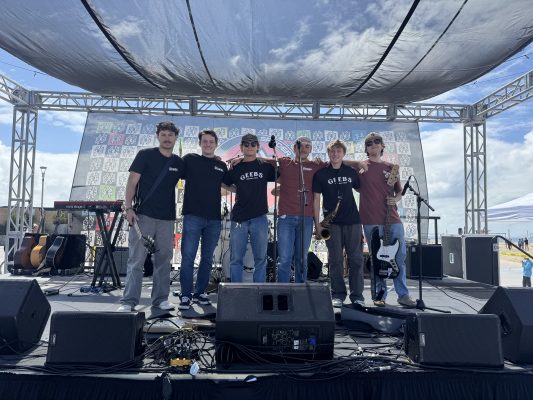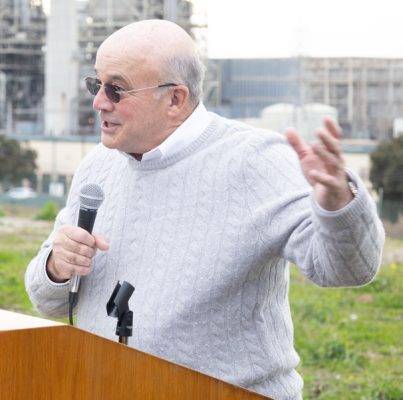hb tree 2.jpg
A photo from late 2016 or early 2017 of the home on Monterey Boulevard where the Public Works Commission approved the removal of a tree in the public right of way at its meeting last week. Photo
By Ryan McDonald
Hermosa Beach’s Public Works Commission has given tentative approval for the removal of a tree fronting a construction site on Monterey Boulevard, bringing disputes about the property closer to resolution, but leaving some residents concerned about the fate of older trees in the city.
The commission voted 4-1 last week to approve the request to remove an Aleppo Pine in the public right of way in front of the residence, the future home of Los Angeles Kings defenseman Drew Doughty. Opponents have 10 days from the date of the decision; to appeal the removal recommendation to the City Council; the first business day following that deadline would be Jan. 28.
Although Commissioner Andrea Giancoli was the sole dissenter, several commissioners expressed frustration with city procedures for the removal of public trees, and disappointment in the way the developer, Manhattan Beach-based Matt Morris Development, had handled the trees removement. Some residents the practice of developers removing old trees during construction was threatening the character of the town.
“Something’s gotta stop. We’re losing all our trees, all our historical trees,” said long-time resident Bill Hallett, a member of the city’s Emergency Preparedness Advisory Commission.
Last week’s removal request was one of several submitted for trees from the Monterey property. Under the city’s municipal code, property owners must secure city approval to remove trees of sufficient size from the public right of way, which for some homes on Monterey extends beyond the sidewalk.
Late last year, the commission denied a request to remove a large, century-old tree from the middle of the property out of concern that Morris had neglected the tree by leaving its roots exposed during grading of the site, and failing to water it, a concern raised by several neighboring residents. However, two weeks later, Public Works Director Glen Kau approved an emergency removal of the tree after a city arborist found that it presented a threat to public safety.
Last week’s meeting concerned what is apparently the only remaining public tree on the property. Both the city arborist and Morris’ team concluded that the tree was dying, and needed to be removed
In voting for the removal request, Commissioner Kent Brown described it as a case of “bayoneting the wounded.”
“These trees were neglected. By the time it came to us they were very sick. Especially the big tree last fall, it got to the point where the city had to cut it down out of an emergency. The developer admitted he turned off the water in the summer,” Brown said.
Along with requiring applicants to seek permission to remove public trees, city code also requires applicants to maintain them during construction. Garrett Bonham, an employee of Morris said the developer filed applications for demolition of the site in July of 2017 and turned off the water the same month. Morris submitted the tree removal application the next month.
Both sides appeared to agree that that the city’s previous process, in which demolition permits from the Building Department were issued independent of Public Works approval of tree removals, was flawed.
In a letter to the commission, Bonham wrote that the delay between submitting a permit application and going before the commission, as well as the subsequent delay in dispatching a city arborist, “seemed] to be a major part of the issue here.” Bonham implied that Doughty had been willing to keep the tree, but was stymied by bureaucratic bumbling.
“When a permit application is submitted, immediately, a city appointed arborist should be requested (and paid for by the owner) to inspect the trees in question,” he wrote.
Kau, who was hired by the city after the permit requests were submitted, said during the meeting that the city’s current tree removal process made it so that all extractions of sufficiently large public trees had to be sanctioned by the commission. It was not clear when this procedural change occurred.









